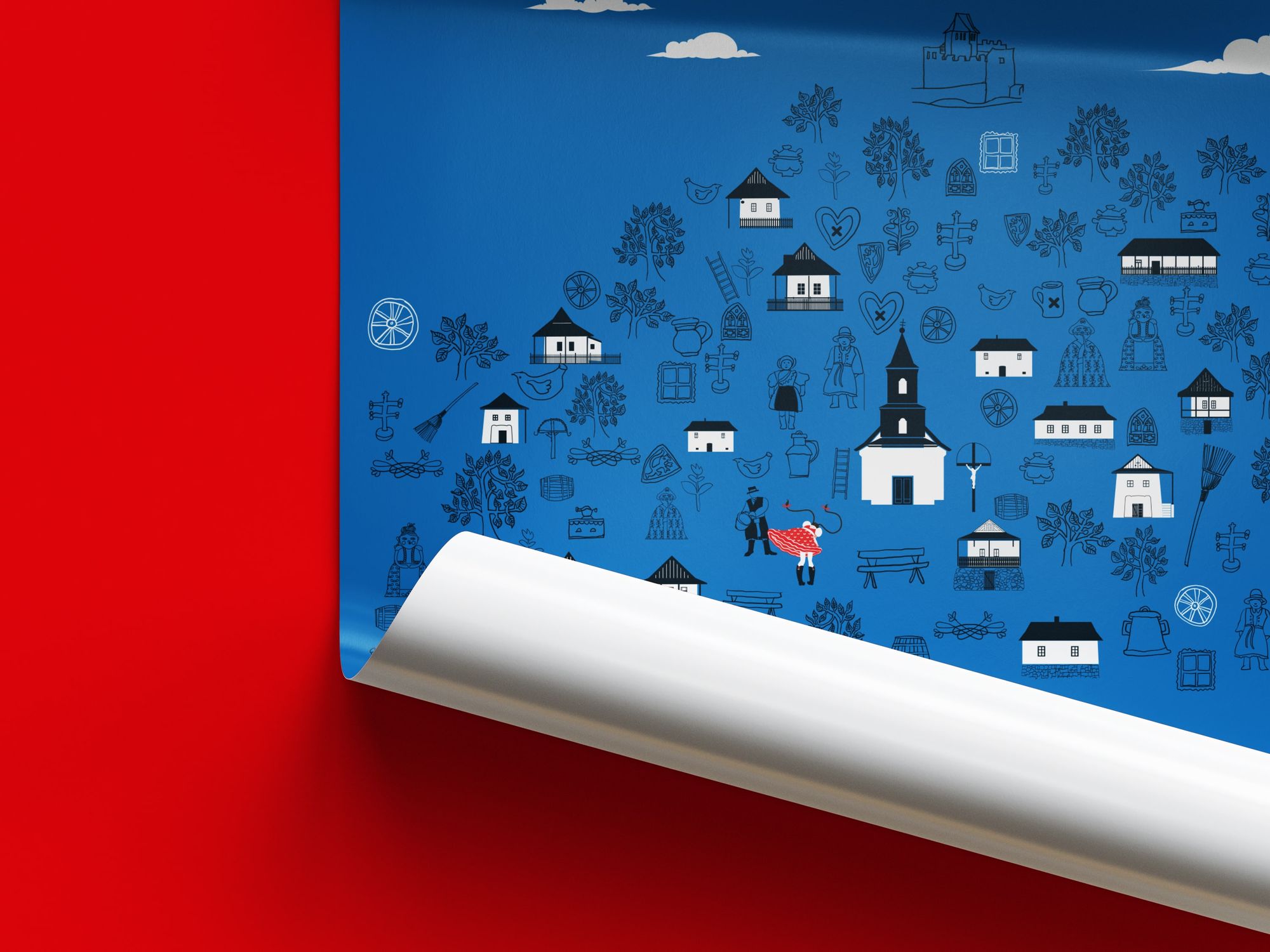The traditional village has been given a new identity to mark the 35th anniversary of its World Heritage Site status.
All visitors associate Hollókő’s old village with the centuries-old embroidery traditions of pruszlik vests and szűr jackets, and the houses on Kossuth Street with their characteristic shingled roofs. The only Hungarian village on the UNESCO World Heritage Site list has a unique folk culture, dating back to the times before the Mongol invasion of Hungary and still defining the locals’ daily lives with authentic traditions. Hollókő is not a superficial showroom of seasonal folklore entertainment but a cultural haven for the Palóc community, who cherish their culture and values without compromise. The village attracts travelers from all over the world to its cobble-stoned hills.
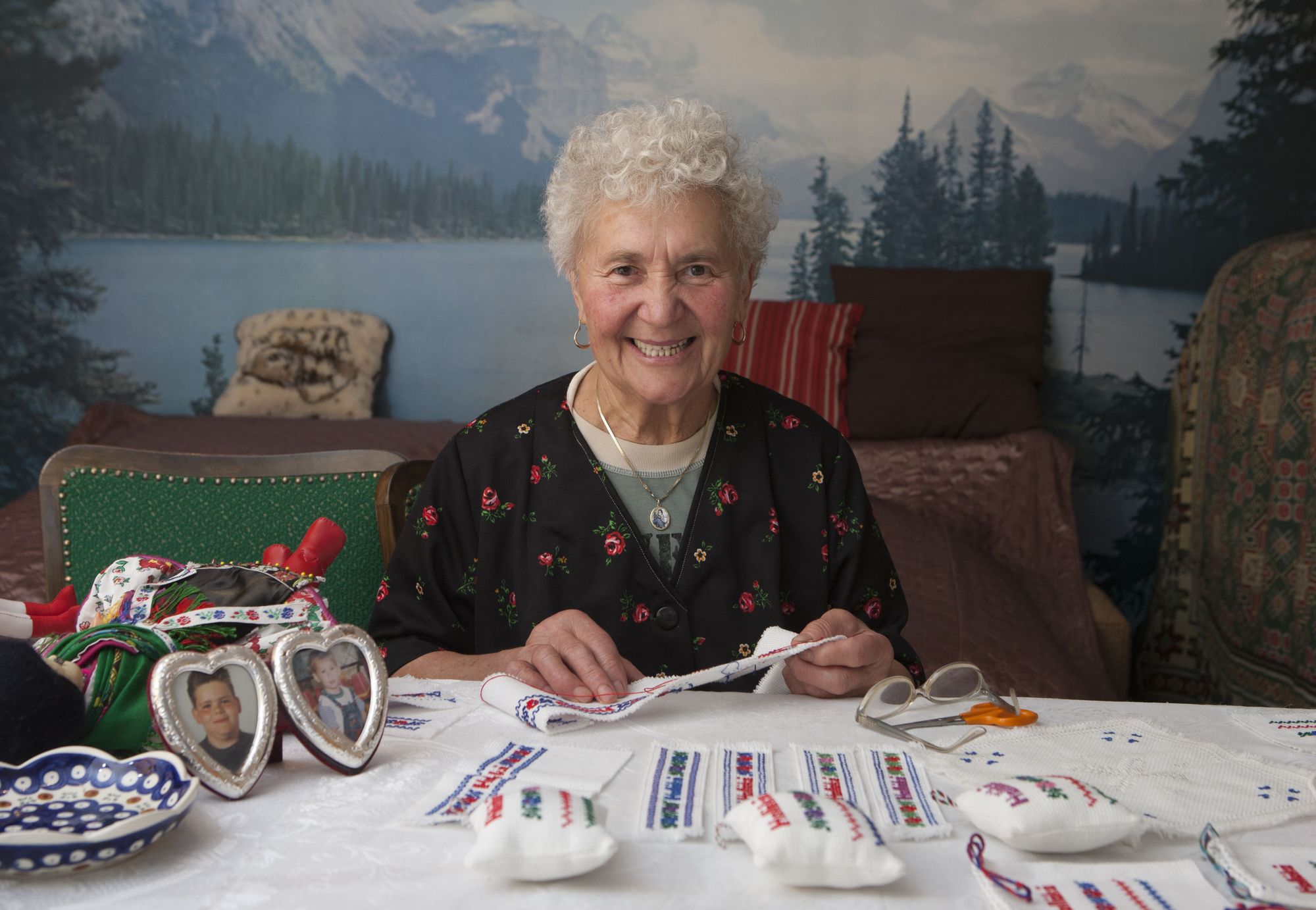
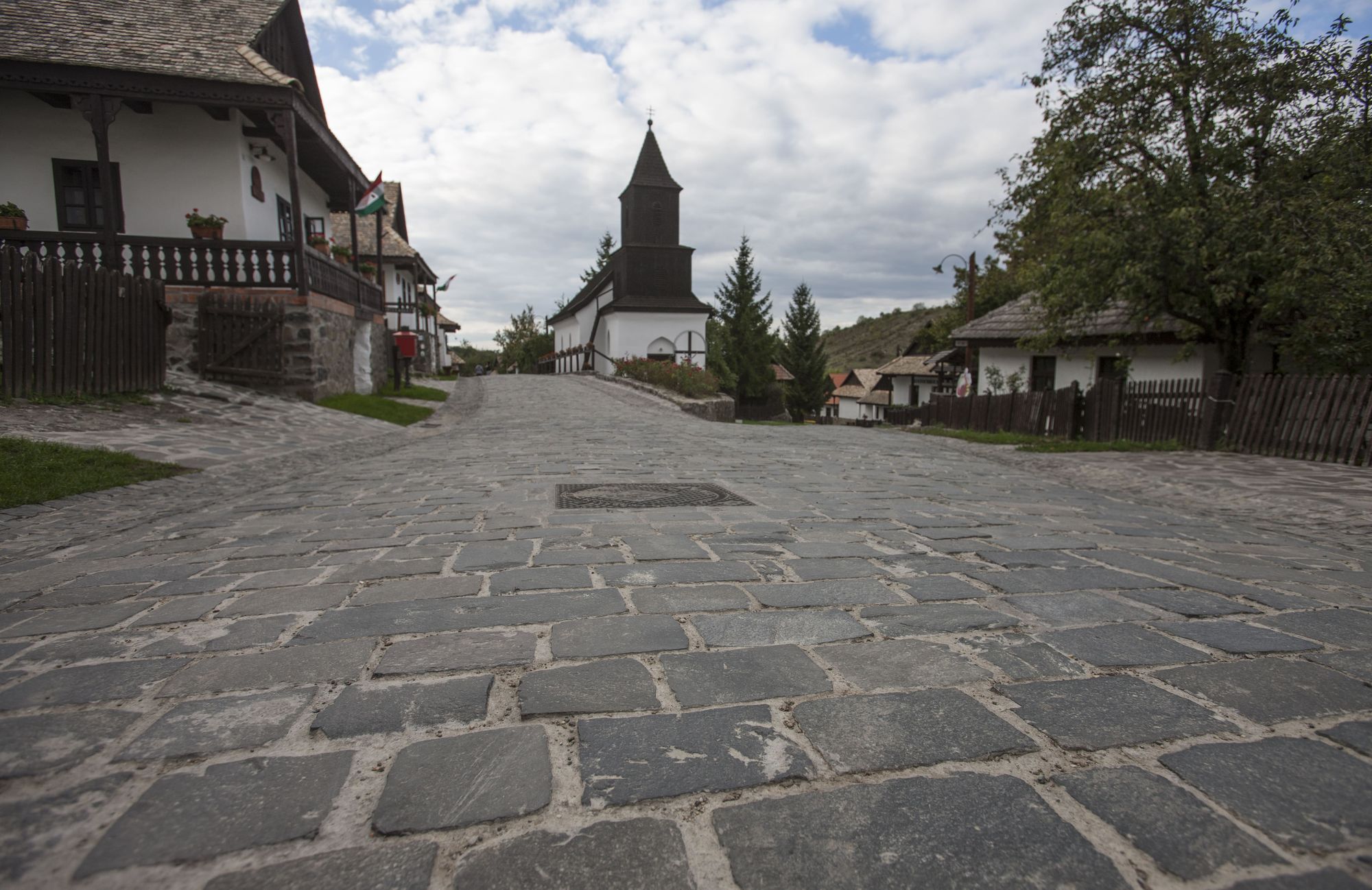
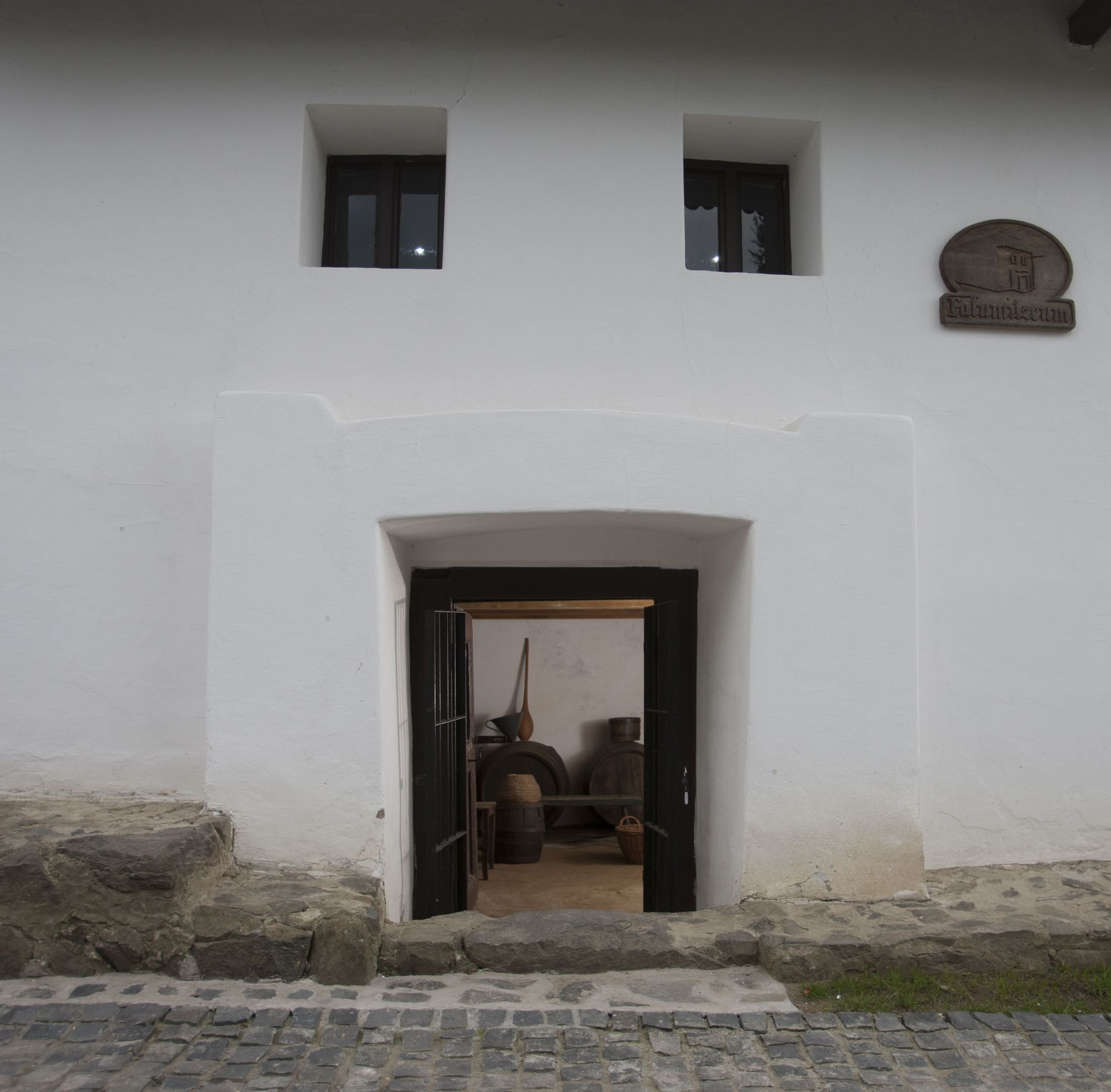
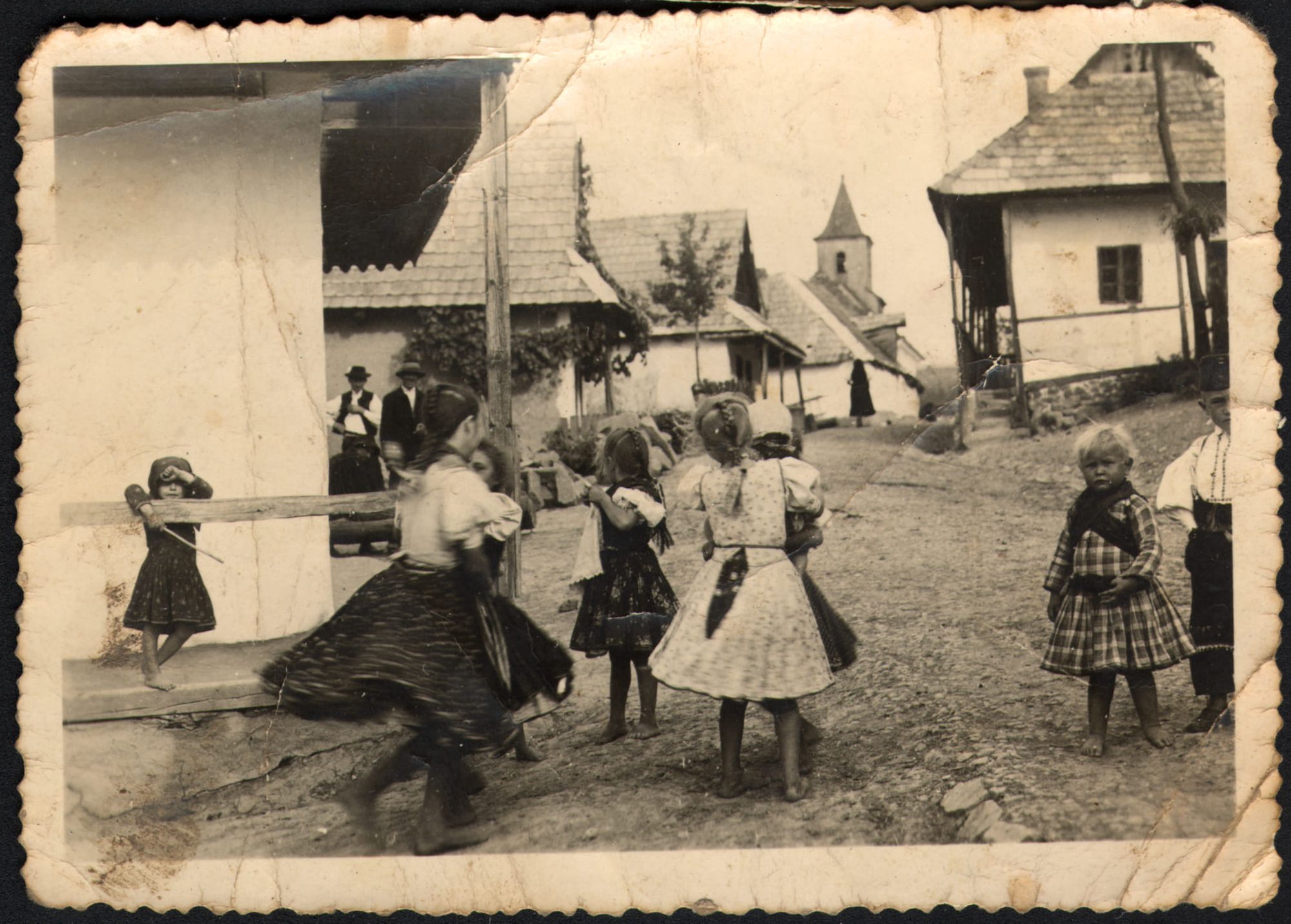
One of the biggest challenges of the Nógrád county village is to preserve its culture by bringing the traditions into the modern age without losing the fundamental values of its folk art. Hollókő’s commitment to maintaining its authenticity means more than preserving the buildings of the Old Village; they aim to sustain all material and visual treasures, including the trademarking of handcrafted folk motifs and the updated design concept to celebrate the 35th anniversary of the village’s World Heritage Site status.
The essential visuality of Hollókő—the Palóc synthesis
How can a village even become a brand? How can the biggest challenges of the village’s visual culture be solved using modern design principles based on only one coat of arms? Hollókő’s visual identity framework was defined with the help of the village’s ethnographers and updated in 2022 to mark the 35th anniversary of the World Heritage Site status. One of the main challenges was finding unity in the village’s symbolic diversity. The ethnographic factors behind this are that Hollókő synthesizes various Palóc symbols and iconography and does not have its own independent ethnographic character. Therefore, finding a uniform symbol system for Hollókő was essential during the process. The project’s starting point was a so-called „ethnographic safari,” meaning empirical data collection, including the study of material culture, photographing, and above all, the collection of local stories. Ferenc Kelemen’s woodcarving, found in his attic, had a key role in the new form of the village’s identity as it became the main inspiration for the logo.

It was necessary to find an orientation code that could be translated into a “graphic language” to describe the rich details that characterize the village. The prevalent, emblematic cross-stitching embroidery was chosen for this task, serving as the core for the pictogram world built around the logo. The graphic adaptation of the embroidery made it possible to flexibly tailor the village’s identity to the 21st century’s standards and digitalization.
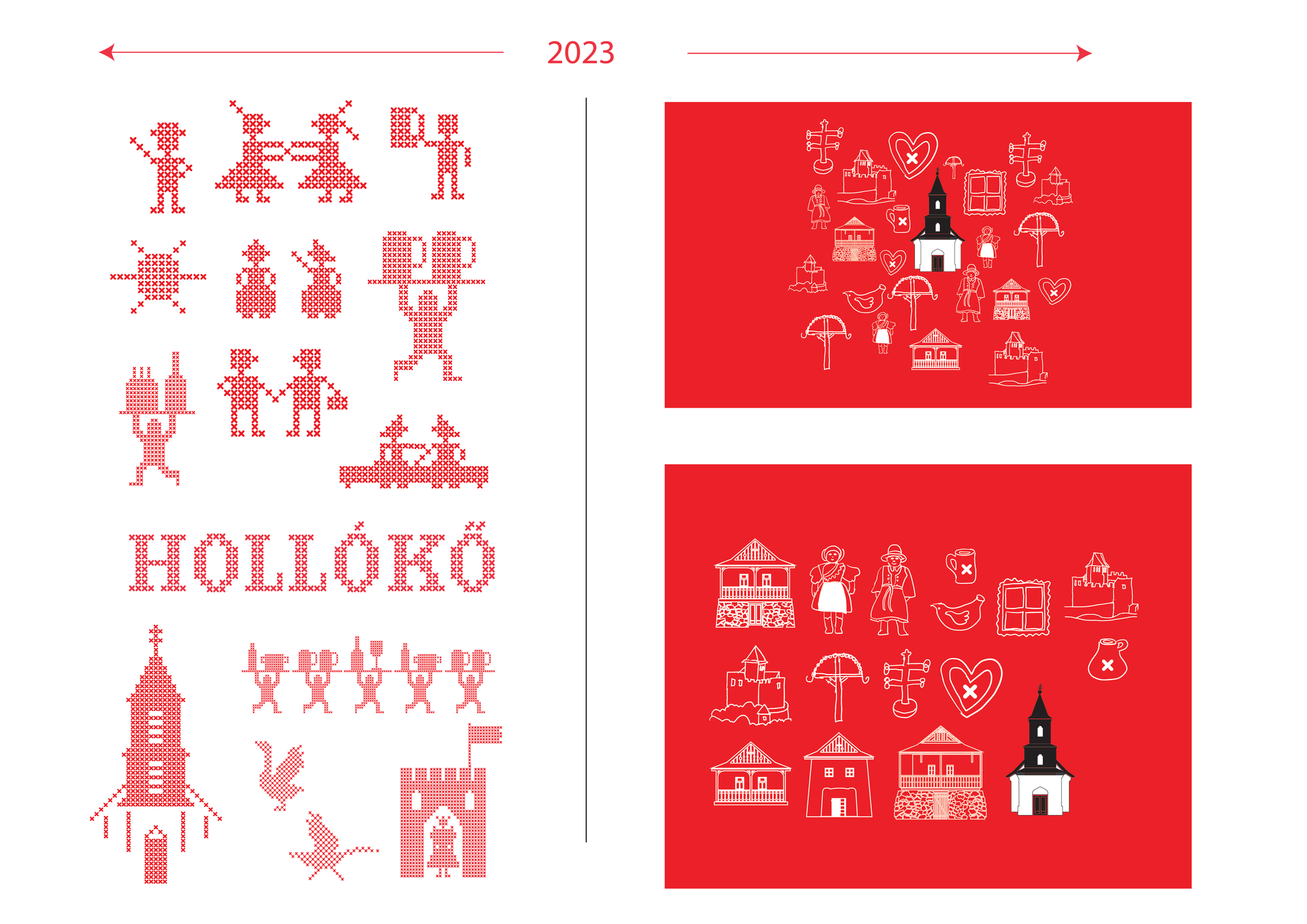
The village is not a museum, it is a living organism, and the image’s role is to reflect this: the place is full of people and interesting objects. The cross-stitched pictograms ensure visual recognition, and the stories that can be told through them make Hollókő’s centuries-old history tangible and relatable. In addition, the new pictogram system helps visitors to navigate and communicate.
Easter Festival and program designs
Hollókő is the most buzzing during the various festivals and events, especially Easter. Therefore, the identity of Hollókő’s Easter Festival is updated yearly, but it never wholly breaks away from the village’s traditions and iconography. The symbolic elements of the festival, such as the buckets for Easter watering, the spinning skirts, and the traditional hard-calf boots, will often be incorporated into the on-site signage and decorative elements. Visitors to Hollókő are sure to find the Easter-bucket kiosk and the redesigned map of the village, made for the village walking tour tickets. For this, the facades of each house in the Old Village have been drawn individually to make it even easier for visitors to identify them, and pálinka bottles were designed to resemble the original farmhouses. Hollókő’s story is still being written today, in which the values of its almost seven hundred years of Palóc heritage and the cherished traditions go hand in hand with the image of a living village. Those who live here do not experience the crowds as tourists going to a zoo, and those who visit can immediately feel and see the essence of Hollókő. They can identify it and will not confuse it with any other village.
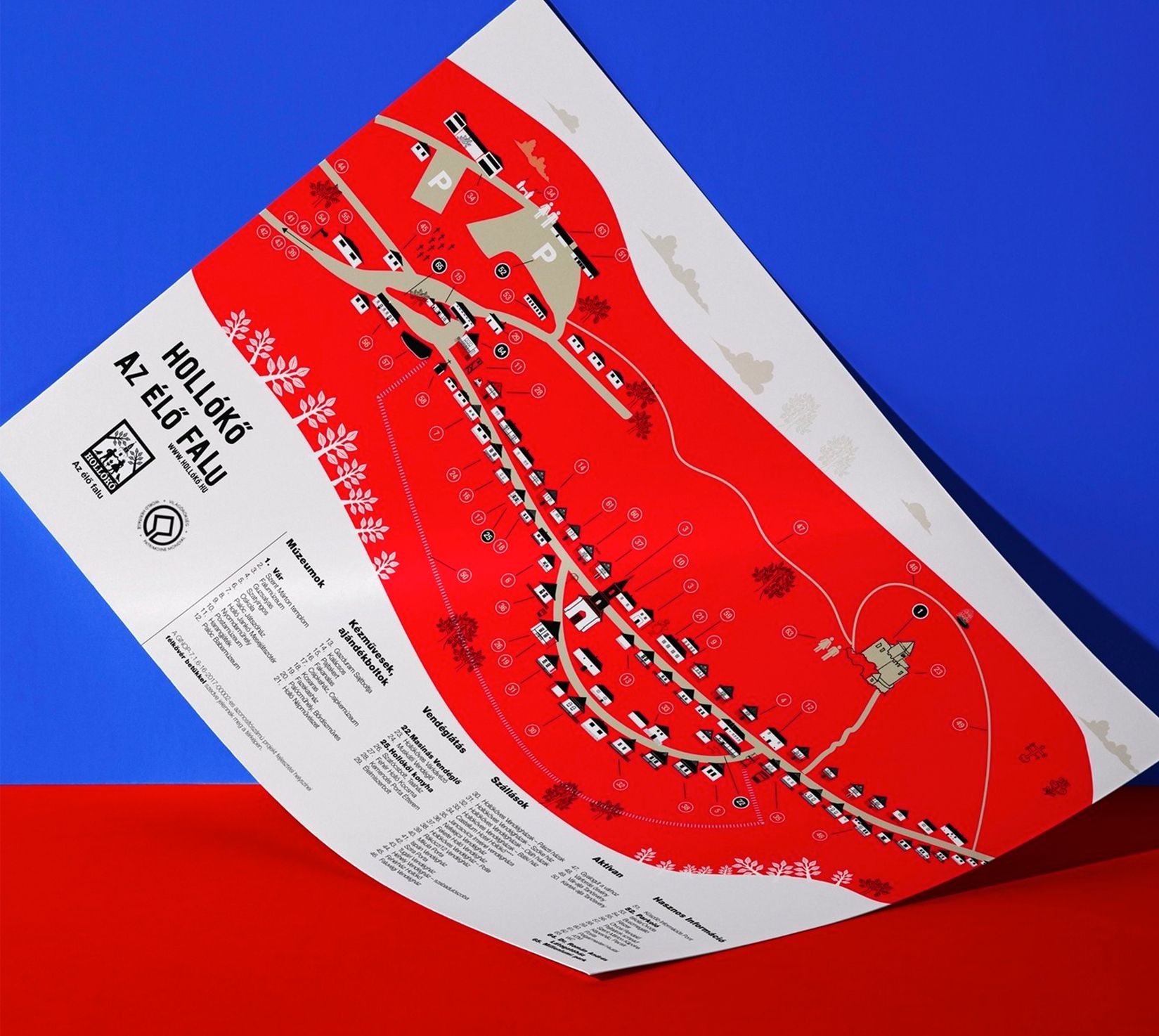
About the Robin Design Studio
The award-winning Budapest-based company has been running its graphic design studio for more than 30 years. In Hungary, they were among the first to work with digital applied graphics, mainly in the fields of identity, publication, and poster design. In recent years, they have been responsible for the graphic design of such major national identity projects as that of the Hungarian Intellectual Property Office, the Hungarian Templeton Program, the National Scientific Students Conference, the New National Excellence Programme, the Hungarian Dance University, the Directorate of the Bükk National Park, and the the 25th anniversary of the Hungarian Development Bank.
Robin Design Studio | Web | Facebook | Instagram
Source: Robin Design Studio









